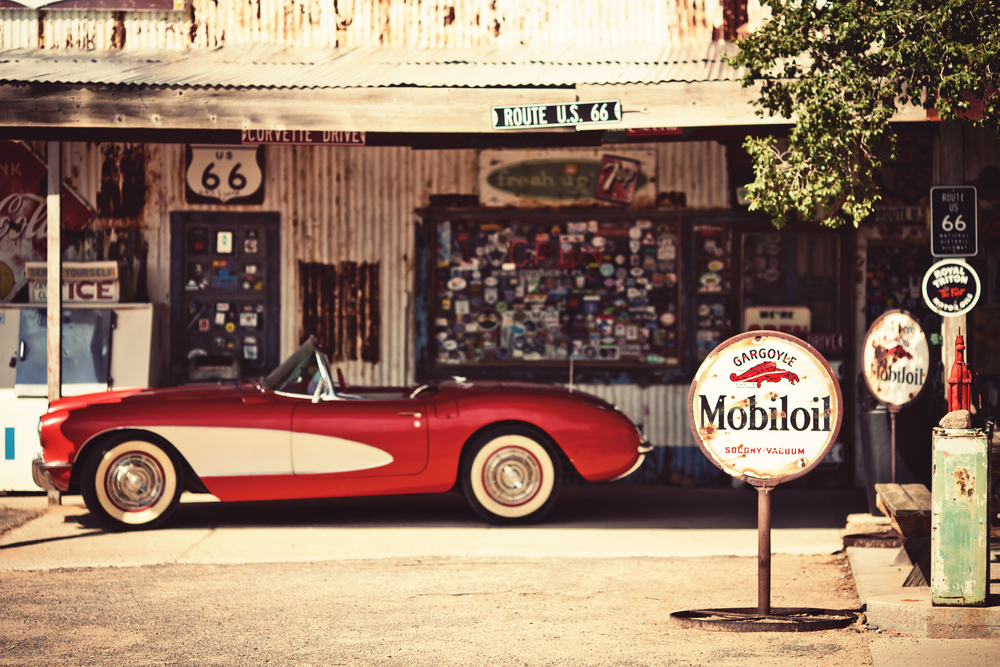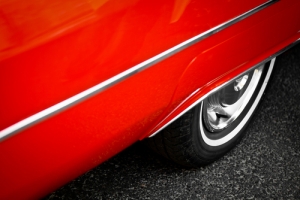Classic Cars: Exploring the Generations of Ford Mustangs
Classic Cars: Exploring the Generations of Ford Mustangs
Ford Mustangs have been called a “pillar of American automotive lore”, and referred to as the car that brought sporting dash and styling at a price almost anyone could afford. While the Mustang has never been considered an exotic car, it still has had a way of capturing the hearts of drivers for nearly 50 years. Even though it’s just an ‘ordinary’ car, it’s always been considered an attractive car.
The history of Ford Mustangs can be broken down into six generations, but we’ll only be discussing the first four. The first generation, defined as the period between mid-1964 and 1973, includes vehicles such as the classic Shelby Mustang lineup, Boss Mustangs, K-Code Mustangs, the “Bullitt” Mustang GT-390 Fastback, the original Cobra Jets, and all the other Mustangs most folks consider “classic”.
The second generation (1974-1978) of Ford Mustangs was coined as the “Pintostang” generation. This is because the cars were based on the Ford Pinto platform. They were smaller and more fuel efficient, however they were considered too small, underpowered, and ill-proportioned by many potential buyers of the time. The third generation (1979-1993) improved, as it encompassed more years than any other generation in the history of the car. Coined the “Fox Body” Mustang, this car was based on the Fox platform. This generation of Ford Mustangs was also known for its powerful 5.0L V-8 engines.
The fourth generation, and the last generation that Ford Mustangs that can be considered “classic” until 2019, started with the introduction of the SN95 Mustang. This generation of Mustang, which lasted from 1994 until 2004, produced a car that was based on the SN-95/Fox4 Platform, and was larger than the previous generation. This car was engineered to be stiffer in design that past models. In 1996 the popular 5.0L engine was replaced with a 4.6L modular V-8 engine. This generation spawned the “New Edge” line of Mustangs in 1999. Although the cars looked different, they were still based on the SN-95 platform.
Whether you own a classic Ford Mustang or any other type of classic or antique car, it’s important to protect it financially with the right type of insurance coverage. At Condon Skelly, we know how exciting it can be to start a classic car collection. We’ve been helping our customers protect their classics with affordable, industry-leading insurance coverage since 1967. We’re a group of collectors, enthusiasts, and professionals who specialize in insuring all types of collector vehicles. For more information, please contact us today at (866) 291-5694.







